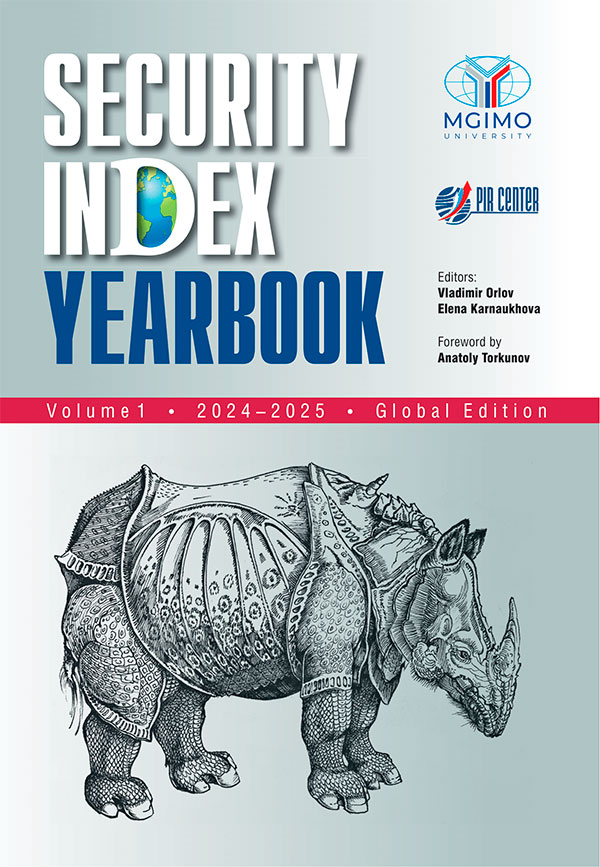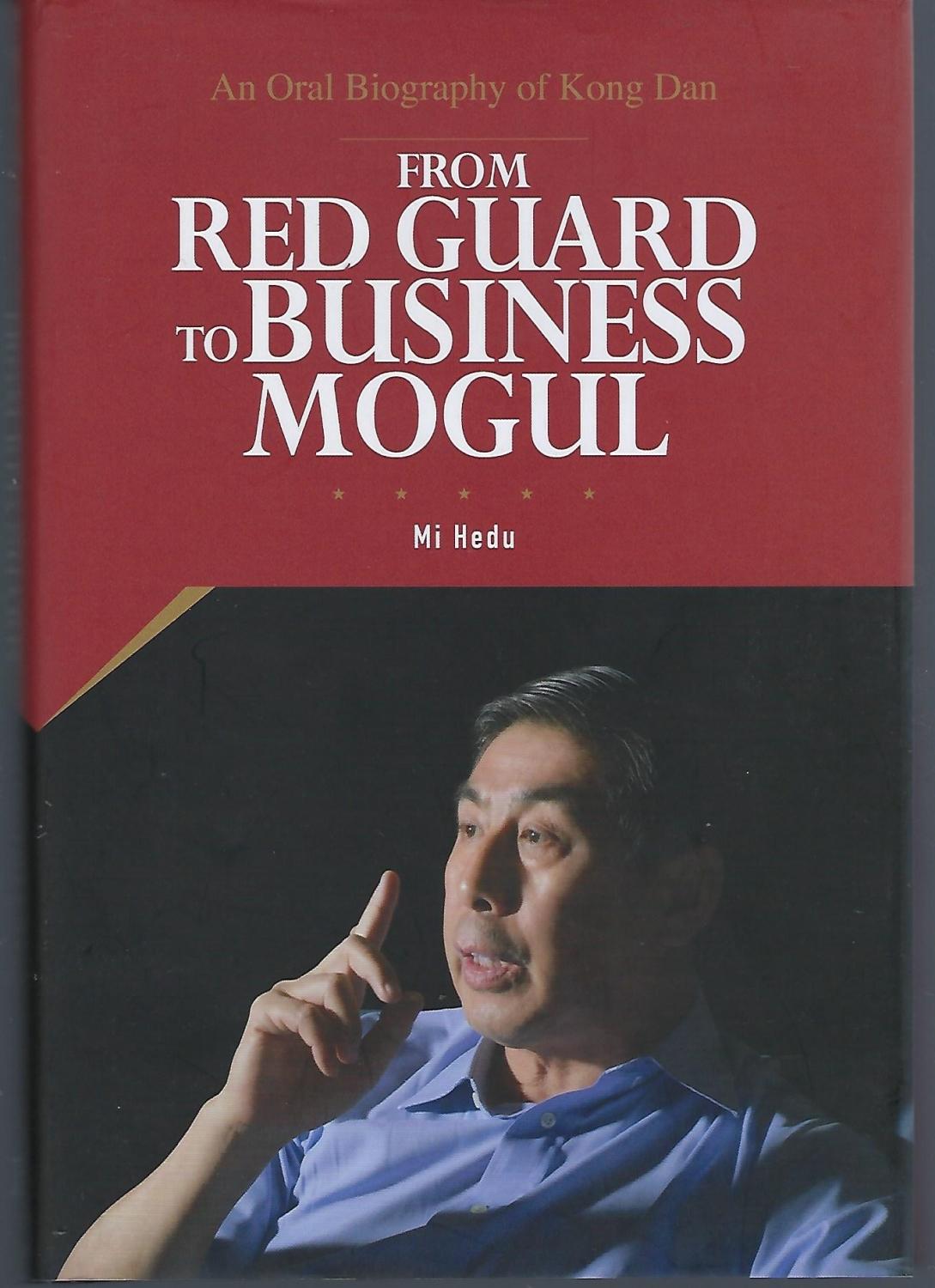Washington's desire to establish a dialog on arms control and risk reduction with Moscow and Beijing, albeit with each of them separately, looks very cynical
Relations between Russia and China today are stable and characterized by an elevated level of mutual trust. The rapprochement between Moscow and Beijing takes place against the backdrop of pressure from the United States and its allies at the regional and global levels. This competition,...
... Korean nationalist An Jung-geun assassinated Ito Hirobumi, the first Prime Minister of Japan, has got a new magnificent Nouveau style terminal modelled after the original 1899 Russian station. Harbin has every reason to position itself as the leading China’s national hub for economic, cultural, educational and human interaction with its northern neighbor.
Remembering WW2 in Asia
One of the items of Vladimir Putin agenda in Harbin was to lay flowers at the memorial to some twelve thousand of Soviet ...
Various approaches taken to address the nuclear question within the Asia-Pacific reemphasizes the region’s complex role in international affairs
The East Asian Sea is affected by the East Asian ... ... air from the Indian and the Pacific Oceans to East Asia. The EAMS
influences the climates of Japan, Korea, and much of coastal China, and thereby affects
approximately one-third of the global population.
Po, R.C. (2018). The Blue Frontier: Maritime Vision ...
Washington intends to cash in on the topic of alleged military-technological cooperation between Russia and the DPRK or China and the DPRK, in order to build anti-Russian and anti-Chinese sentiments in the Republic of Korea and Japan
In foreign media and academic articles, they increasingly often refer to a “Beijing-Moscow-Pyongyang axis” that is emerging in Northeast ...
... strategic U.S.–South Korea partnership against the backdrop of
anti-Chinese sentiments
in the country.
The announcement of the initiative sends a number of important strategic signals to the world. First, the United States is clearly concerned that China is “usurping” integration initiatives in the Asia-Pacific (following the withdrawal of the United States from the Trans-Pacific Partnership and the RCEP’s entry into force) and is willing to offer alternative scenarios for developing and building foreign economic strategies to those regional players ...
... standpoints without having to harmonize on every single item on the agenda.
How to Engage Effectively: Multilateralism and Diversification
While there are definitely some points of intersection in the relations between Russia and Asian nations (not excluding China), one of the most pressing questions in this regard is how exactly the region could benefit from a more pronounced Russia’s presence in the Asia-Pacific—and vice versa. Namely, what Moscow offer can to the regional powers and smaller states and how it can reinstate a more viable and robust posture.
On a prescriptive note, it would be logical for Russia’s Ministry for Foreign Affairs to ...
... delivered due to the COVID-19 pandemic, as well as to implement protective measures to respond to threats from North Korea and China. Judging by what Japanese diplomats have been saying recently, Russia may also be included in the official list of the country’s ... ... the Japan Self-Defense Forces in terms of technology and strike capabilities, which will change the balance of power in the Asia-Pacific forever.
1
.
Yoshida F. (2018) From the Reality of a Nuclear Umbrella to a World without Nuclear Weapons: An Interview ...
... including politics, security, economy, science and technology, environment, public health, infrastructure construction, connectivity, etc. The emergence of such a framework can have a deconstructive impact on the existing multilateral mechanisms in the Asia-Pacific. It also enables the United States, Japan, India and Australia to have a dominant mechanism in the affairs of the Pacific and Indian Ocean regions.
There is no doubt that the main target of the U.S. Indo-Pacific strategy is China, and the United States does not conceal this. Geographically, the Indo-Pacific strategy also presents a semi-encirclement to China from the Pacific Ocean to the Indian Ocean. Under such circumstances, it is an important question whether China and ...
... factors driving the Indo-Pacific strategy forward are clearly stronger than the constraints
After the U.S. has put forward its Asia-Pacific strategy in 2017, many commentators believed that the concept was artificial and lacking in political foundation,... ... the extent of this remains uncertain.
Zhao Huasheng, Andrey Kortunov:
The Coming Bipolarity and Its Implications: Views from China and Russia
At the same time, the relations between the four countries with China are in decline, and there is no possibility ...
Experience shows that one can and should negotiate with China, no matter how harsh the talks might seem
More often than not, China is billed as the driver of post-pandemic global growth and recovery. This claim is not entirely groundless. In addition to combating the pandemic quite successfully, China demonstrated ...



